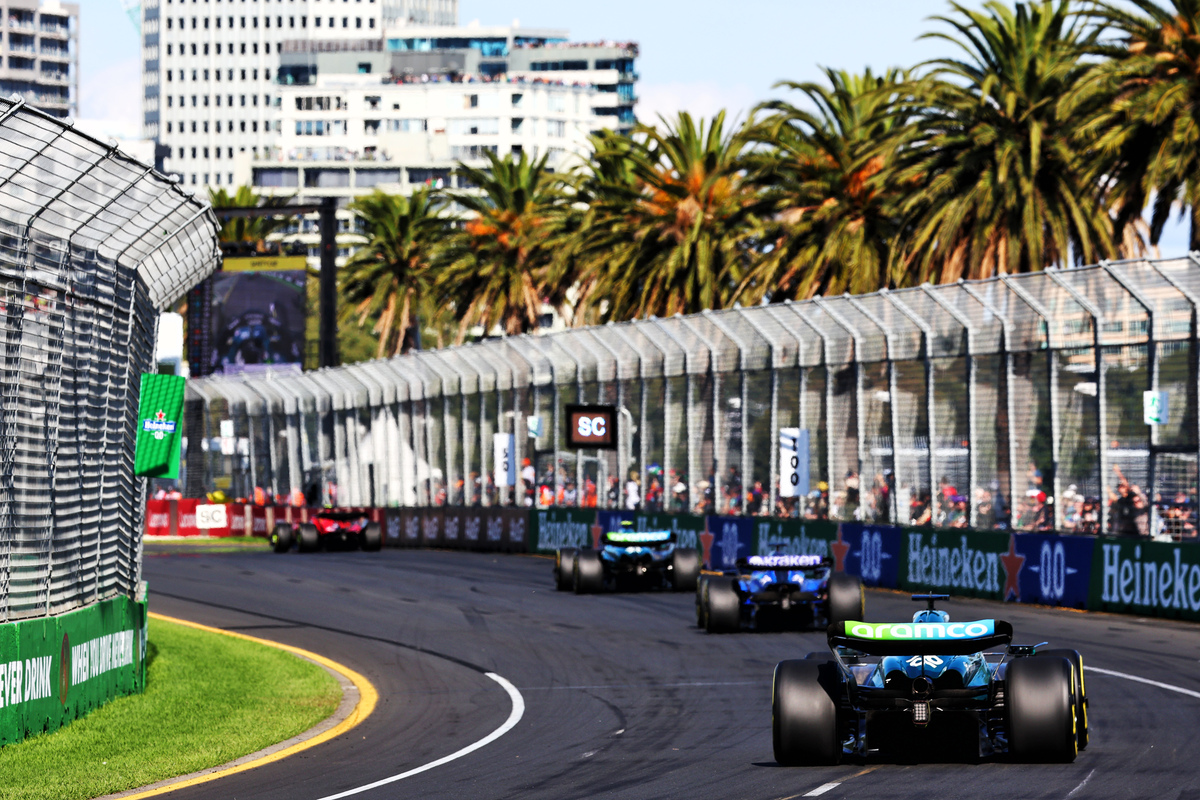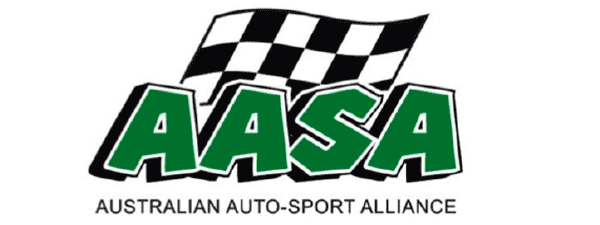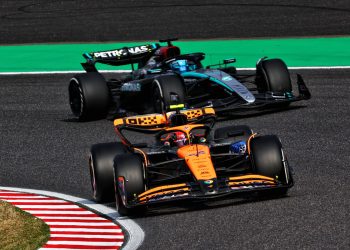
Three races into the 2023 F1 season, an early indication of the pecking order has now begun to emerge.
While it will come as no shock that Red Bull heads the list, the order thereafter contains a few surprises.
Red Bull enjoyed a strong pre-season to emerge as the runaway favourite following the three days of running in Bahrain.
Aston Martin also impressed leading many to tip the Silverstone squad for early success.
That has proved itself to be the case with Fernando Alonso having claimed third in all three races thus far in 2023.
However, statistically, Aston Martin has only the fourth fastest car over a single lap.
It's a curious revelation that suggests the team tailors its car to the race rather than chasing a good starting position.
Furthermore, it points to a car that looks after its tyres more than offering single-lap warm-up.
It should be pointed out that the AMR23 is just 0.026 percent on average slower than the third fastest car, the Mercedes W14.
That is less than the blink of an eye over a 90-second lap.
Calculating the F1 pecking order
Speedcafe has calculated the relative performances using the fastest lap of each team in qualifying as the baseline.
That, we can assume, is the fastest each car is capable of going at each given event and therefore the closest direct comparison available.
Once the percentage from the fastest lap for each team had been established, it was averaged across the three events.
Red Bull topped the list as it has secured pole position at every race thus far courtesy of Max Verstappen and Sergio Perez.
Ferrari is second, almost 0.4 percent slower than the constructors' championship leaders.
Over a single lap, Mercedes is just 0.159 percent slower than the Scuderia with Aston Martin fourth.
Over a 90-second qualifying lap, Red Bull holds a 0.360s advantage over Ferrari, with Mercedes 0.502s away and Aston Martin 0.526s off pole.
Behind the leaders
Behind the leading four teams is a comparative gulf.
While the top four are known to be ahead of the pack, it's thought the six teams which follow have little separating them.
Fifth best on average is Alpine, which is 0.999s away from Red Bull over the same lap – a figure of about 1.11 percent.
The Enstone operation is considered the clear leader of the F1 midfield but the statistics do not back that observation.
Boiling it down to the numbers suggests Alpine and Haas sit somewhere in a middle behind the leading four but ahead of the rest.
Haas is only 1.14 percent behind Red Bull on a single lap based on what we've seen in the season thus far.
Taking our 90-second qualifying lap as an example once again, the American registered team is just 1.028s off the top spot – and 0.029s away from Alpine.
Surprise performers
There is then quite a jump to the seventh-fastest team, Williams.
The Grove squad was a standout performer in Australia last weekend when Alex Albon stormed into the top 10 during qualifying.
Prior to that, the squad had been a consistent 1.9 percent off the pace of the Red Bull.
That is a curiosity as Bahrain is very stop-start while Jeddah is far higher speed, with smoother asphalt – they're markedly different venues but generated a near identical performance delta.
Albon closed that to 1.13 percent in Albert Park.
Albert Park is a venue more akin to Jeddah with a mixture of medium and highspeed corners and much smoother track surface than Bahrain. Yet Albon was significantly quicker on a single lap.
Its three-race average, therefore, sees the FW45 1.657 percent away from the RB19 and the seventh-fastest car.
Perhaps it's a case of tyre warm-up is a strength of Williams and allowed it to benefit in the coolest conditions of the season thus far.
McLaren is eighth best, 1.667 percent away from Red Bull. That equates to about 0.009s back from Williams over that 90s lap.
Scuderia AlphaTauri is 0.148s further back over the same lap, and Alfa Romeo Sauber is slowest of all at 1.780s away from Red Bull.
It makes for an average field spread of just 1.98 percent from the fastest to slowest after three races.
Contrast that the years gone by where teams were regularly at risk of the 107 percent rule – a regulation introduced to weed out those not up to snuff – and it underscores how close modern F1 has become.
Naturally, this should be taken with a grain of salt.
It looks purely at single lap pace and does not take into consideration track evolution from Qualifying 1 to Qualifying 3, nor does it reflect race pace.
However, it provides a fascinating insight into the current fortunes of the 10 teams.
When contrasted against the constructors' championship it highlights the teams punching above their weight (Aston Martin, McLaren) and those who are under-delivering (Ferrari, Alpine, Haas) based solely on their single-lap pace.
2023 Formula 1 pecking order
| Pos | Team | Percentage Delta | Time loss (90s lap) |
| 1 | Red Bull | ||
| 2 | Ferrari | 0.40 | 0.360 |
| 3 | Mercedes | 0.56 | 0.502 |
| 4 | Aston Martin | 0.58 | 0.526 |
| 5 | Alpine | 1.11 | 0.999 |
| 6 | Haas | 1.14 | 1.028 |
| 7 | Williams | 1.66 | 1.491 |
| 8 | McLaren | 1.67 | 1.500 |
| 9 | Scuderia AlphaTauri | 1.83 | 1.648 |
| 10 | Alfa Romeo Sauber | 1.98 | 1.780 |
















